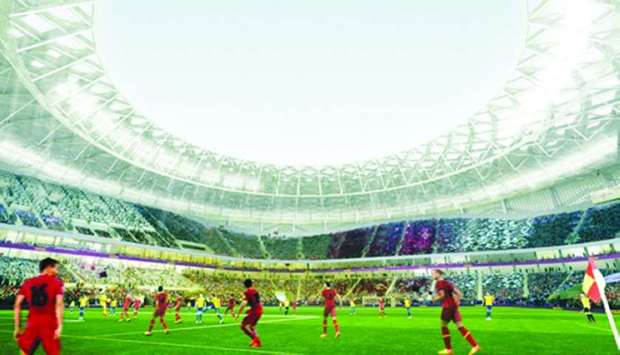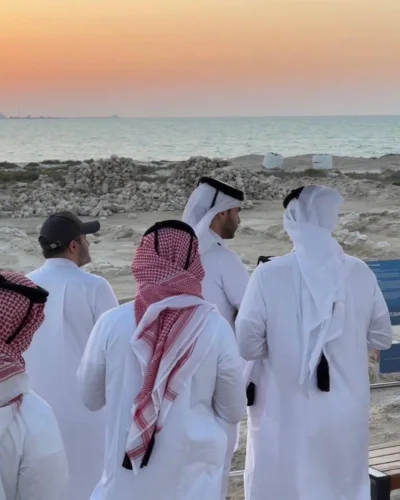The design of the stadium is inspired by the gahfiya – a recognisable headpiece worn by Arab men across the region, an aspect which Jaidah says was very important to him throughout the process.
In an interview with www.sc.qa, the website of the Supreme Committee for Delivery and Legacy (SC), Jaidah also expressed his delight at being a part of a historic moment in local and regional history.

Ibrahim M Jaidah: delighted
"I am very proud and delighted to contribute in designing one of the stadia which is going to host the first World Cup in the Arab region,” he said.
“The fact that the stadium's design is inspired from the Arab culture shows how much Qatar is keen to promote the Arab culture through staging this universal event.”
Jaidah designed the stadium on behalf of the Arab Engineering Bureau, the oldest architectural and engineering consulting firm in Qatar.
Already renowned throughout the region, the pioneering Qatari architect has made his mark on the landscape of Qatar through projects such as the Ministry of Interior building, the Fire Station Museum and the previous Qatar Foundation building, which is printed on the QR100 notes.
“The fact that I grew up in Aljasra area in the heart of Doha has deeply influenced my works and designs,” he said.
“After my higher education journey in the UK and the US my curiosity brought me to exploring the depths of Qatari architecture and its details.
“As a result of that I felt responsible for adopting the Qatari design style in my works. I also worked on documenting Qatar’s architecture through my book History of Architecture in Qatar.”
Jaidah also said the Al Thumama Stadium project was one of his greatest undertakings, but also likely to become the source of his greatest joy – taking him on a journey to his childhood.
"The biggest challenge in the design was how to merge the details of the traditional gahfiya with the modern design and construction style,” he said.
“We worked hard together with 13 partners to come up with the current design. During the design and conception phase, a lot of childhood memories came alive, remembering walking around the Aljasra area wearing our traditional cloths including thawb and gahfiya."
“I am very grateful for giving me, the Arab and Qatari youth the opportunity to be part of Qatar's journey to host the World Cup. It's a unique platform to introduce Qatari and Arab skills to the world.”

The design of Al Thumama Stadium is inspired by the gahfiya
Sunday’s design launch of Al Thumama Stadium – the sixth proposed 2022 FIFA World Cup Qatar venue – was a proud moment for Doha-born architect Ibrahim M Jaidah, one which he hopes can spread understanding of Arab culture around the world.


